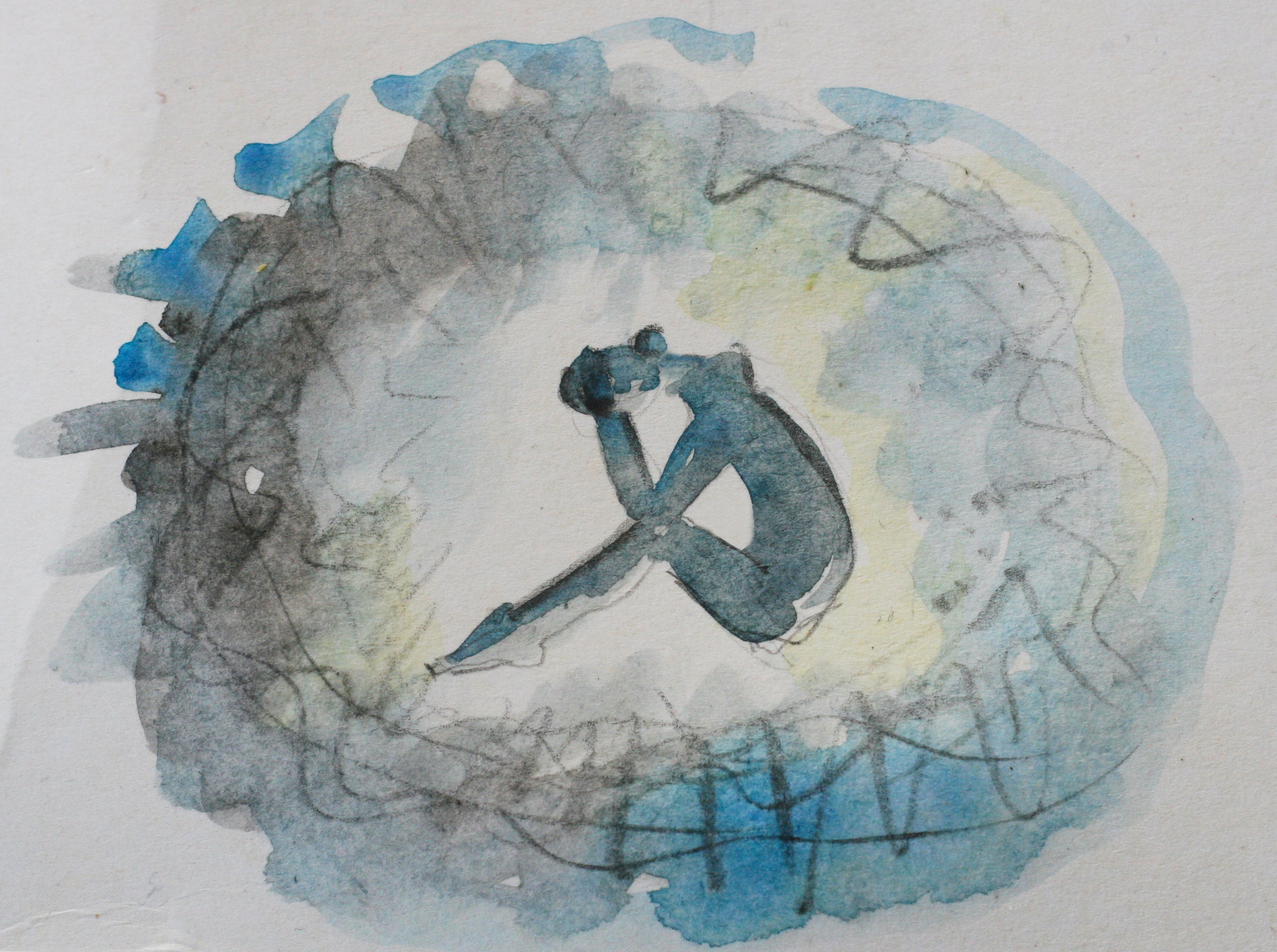By: Laura Ott, LCSW, PMH-C
As a trauma therapist, I often meet people who are carrying heavy stories. They may seem fine on the outside—showing up to work, caring for their families—but inside, they feel stuck in something painful. Flashbacks, panic, nightmares, guilt, shame, and the sense that danger is always around the corner are just some of the ways trauma can show up.
Sometimes people think they should be “over it by now,” especially if the trauma happened years ago. But that’s not how trauma works, and it’s definitely not a sign of weakness. It’s a sign your nervous system is still trying to protect you. One of the tools I use to help people find relief is EMDR.
What is EMDR?
EMDR stands for Eye Movement Desensitization and Reprocessing. It’s a type of therapy that helps people heal from traumatic or distressing experiences by working directly with the way those memories are stored in the brain and body.
You don’t have to talk through every detail of what happened. Instead, EMDR uses something called bilateral stimulation. This can be guided eye movements or tapping to help your brain reprocess the memory. The goal is to shift how it’s stored, so that you can remember the experience without reliving it.
Why I Use It
In my practice, EMDR has helped people who felt stuck for years finally move forward. Clients often say things like, “It still happened, but it doesn’t have power over me anymore,” or “I finally feel like myself again.” That kind of transformation is why I keep using this approach.
Research backs this up. Multiple studies show EMDR to be highly effective in treating PTSD. In fact, the Department of Veterans Affairs and the World Health Organization both recognize EMDR as a first-line treatment for trauma. One large-scale analysis found that 84–90% of single-trauma survivors no longer met the criteria for PTSD after just three to six sessions.
Who Can Benefit?
You don’t have to be a combat veteran or survivor of a single, massive event. EMDR helps with all kinds of trauma including: medical trauma, birth trauma, abuse, neglect, bullying, or even experiences that are hard to name but still linger. At my practice, our therapists work with a wide range of trauma and attachment-related concerns, including perinatal trauma and complications surrounding pregnancy, birth, and early parenting.
If something painful from the past keeps showing up in your present, EMDR might help. When we begin EMDR, we go at a pace that works for you. It’s a collaborative process, and you’re always in control. This helps clients feel safe and supported to work through the stressors and traumas of their past.
A Final Word
Healing from trauma isn’t about forgetting. It’s about finding freedom from the hold those experiences have had on your life. If your nervous system feels like it’s still stuck in survival mode, that doesn’t mean you’re broken. It just means you might need the right kind of help. EMDR can be a powerful part of that healing.

